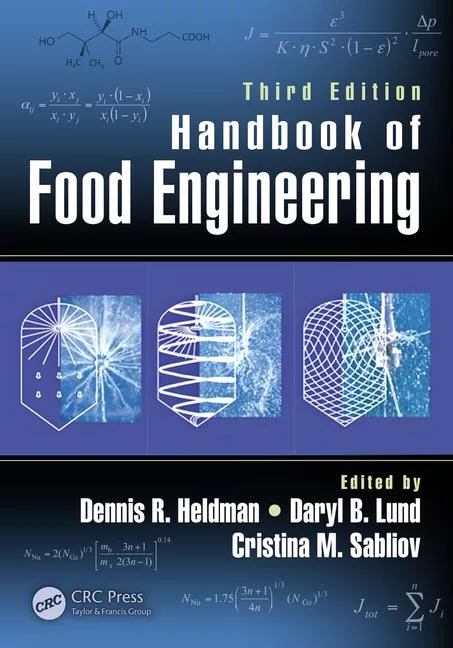Dry Processing Technology
Bulk handling system increases efficiency, sanitation and quality
The system includes a forklift-loaded, split-frame bulk bag discharger plus a manual bag dump station, bag compactor and hopper.
In 1997, the company decided to build its own processing and repackaging facility in Frostburg, MD. With its own in-house blending capabilities, Franklin Farms East could expand its product line beyond dairy products like buttermilk and whey to include formulations based on corn and wheat flour.
Since 1997, sales have grown from 44,000 pounds to over 1 million pounds per month, and the company has expanded into markets including ice cream mixes, gelato and yogurt. The plant runs two shifts a day, five days a week, with a crew of 12 people to meet the increased demand.
When the new plant opened, bags of powdered ingredients were cut open and emptied manually into a hopper that feeds the ribbon blender, resulting in dust in the air, wasted product and a potentially hazardous environment.
“This was common practice in the industry at the time,” says Jonathan Riggs, Franklin Farms East vice president of production. “During the early 2000s, however, USDA and FDA began strictly enforcing sanitary and safety regulations including third-party inspections. Contact with and possible contamination of food products were strictly prohibited, and a clean work environment was absolutely required. Our customers also began asking for verification of sanitary conditions in our production facilities.”
To comply with government requirements and customer demands while eliminating waste, Franklin Farms East installed a bulk bag discharging system from Flexicon Corporation. The system consists of a forklift-loaded, split-frame bulk bag discharger with an eight-cu.-ft. capacity sanitary stainless steel hopper plus a manual bag dump station, bag compactor and hopper for adding smaller amounts of ingredients to the blender. Both the bulk bag discharger and bag dump station feed their ingredients to the blender through flexible screw conveyors.
“The ingredient discharge, blending and repackaging process is now totally enclosed and dust free,” says Riggs.
Franklin Farms receives its major raw materials in 2,000-pound bulk bags. To overcome the limited headroom in the dry blending room, a forklift holds the bulk bag directly over the lower half of the split-frame discharger while the bag discharges through a manual clamp ring positioned atop a pneumatically actuated telescoping tube. The tube raises the clamp ring for dust-tight connection to the bag spout and then lowers, applying downward tension to keep the spout taut for total evacuation. Simultaneously, bag activators raise and lower the bottom edges of the bag, directing material into the outlet spout and raising the bag into a steep “V” shape to promote total discharge into the floor hopper.
Minor ingredients in 50-pound bags are transferred to the batch blender through the manual bag dump station, hopper and flexible screw conveyor.
A high-velocity vacuum fan activates as the operator opens the hinged lid of the bag dump station. As individual bags are emptied through the hopper screen, a dust collector draws in airborne dust in the vicinity of the hopper opening and deposits it onto the outer surfaces of two cartridge filters. Continuous blasts of compressed plant air blow onto the filters, dislodging the dust particles, which fall into the hopper.
The operator passes the spent bag through a chute in the sidewall of the hopper hood into the bag compactor. As a pneumatic air cylinder compresses the empty bag into a removable bin, dust generated by compaction is drawn into the dual filters.
One blended batch weighing 2,500 pounds usually consumes one bulk bag and as many as 25 50-pound bags of individual ingredients. Each batch requires about 10 minutes for thorough mixing; the blender can produce 30 to 40 batches per day. The blended batch proceeds through a screener and a metal detector before entering the bagging machine, which fills 25- to 50-pound bags at a rate of one bag per minute and labels them with the name of the blend.
“We are currently running the blender at maximum capacity, but plan to expand the room and raise the ceiling to increase production with a larger blender,” says Riggs. “We will use the entire split-frame discharger by loading the bulk bag in its lifting frame onto the lower half of the discharger. The lower half will be equipped with load cells to control the amount of material transferred through the flexible screw conveyor to the blender by measuring weight loss. The expansion will also allow us to continue growing by introducing new products like our instant cheesecake mix.”
For more information: sales@flexicon.com, 610-814-2400, www.flexicon.com
Looking for a reprint of this article?
From high-res PDFs to custom plaques, order your copy today!





